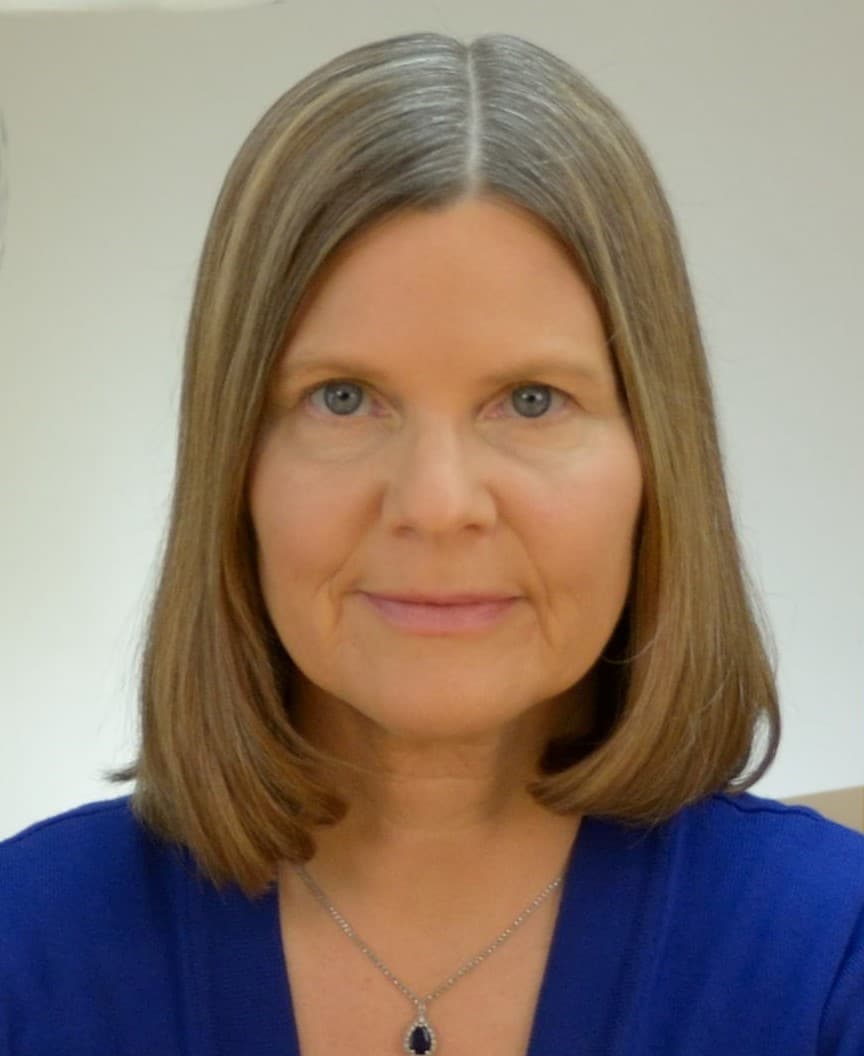DARPA taps IHMC’s Bonnie Dorr for group to assess agency’s research
Published 6.9.20
The Defense Advanced Research Projects Agency (DARPA) has named Dr. Bonnie Dorr of IHMC to its Information Science and Technology (ISAT) Study Group for a three-year term.
Dorr is a leading researcher in the field of natural language processing. She serves as an associate director and senior research scientist at IHMC’s Ocala branch. The ISAT Study Group brings together 30 scientists and engineers from across the country who provide continuing and independent assessments of advanced information science and technology as it relates to the U.S. Department of Defense.
DARPA is an agency of the United States Department of Defense responsible for the development of emerging technologies for use by the military. President Dwight D. Eisenhower created the agency in 1958 in response to the Soviet launching of Sputnik in 1957. The agency created the ISAT Study Group in 1987 to support its technology offices and identify future research directions.
“I am truly honored to be part of such a bright and talented group,” said Dorr. “To be able to have a hand in shaping future research for an agency like DARPA is a once-in-a-lifetime opportunity. I’m really looking forward to this.”
Dorr has worked with DARPA on a number of projects since joining IHMC in 2014. She has led the design of a system to detect and thwart social engineering attacks on the U.S. and also is working with a group developing AI-inspired communication.
“Bonnie is one of the top researchers in her field and an excellent choice to serve on the ISAT Study Group,” said IHMC CEO Ken Ford. “I think it’s a real testament to Bonnie that she is one of the few women to have been named to the ISAT Study Group. I hope her leadership and success as a scientist encourages other women to consider computer science and natural language processing as a career.”
Together with colleagues at IHMC, Dorr has established the new field of Cyber-Natural Language Processing, bringing together expertise at the intersection of cyber, social computing, AI, and natural language processing. Her interests focus on cyber-event extraction and natural language understanding for detecting attacks, discerning intentions of attackers, and thwarting social engineering attacks.
Latest News
- STEM-Talk: Ask Me Anything with Dr. Ken Ford
- David Bear joins IHMC Board of Directors
- STEM-Talk: Michael Schmidt on building a space-faring civilization
- Florida Blue award supports health and wellness research and outreach at IHMC
- STEM-Talk: Ken Forbus on AI and his development of the Structure Mapping Engine
- STEM-Talk: Pascal Lee on returning to the Moon — and heading to Mars
- Aging Symposium draws experts to IHMC
- IHMC hosts Fredric G. Levin Lung Care Symposium March 27-28 in Pensacola
- Humanoid robotics and exoskeletons lead latest IHMC newsletter

